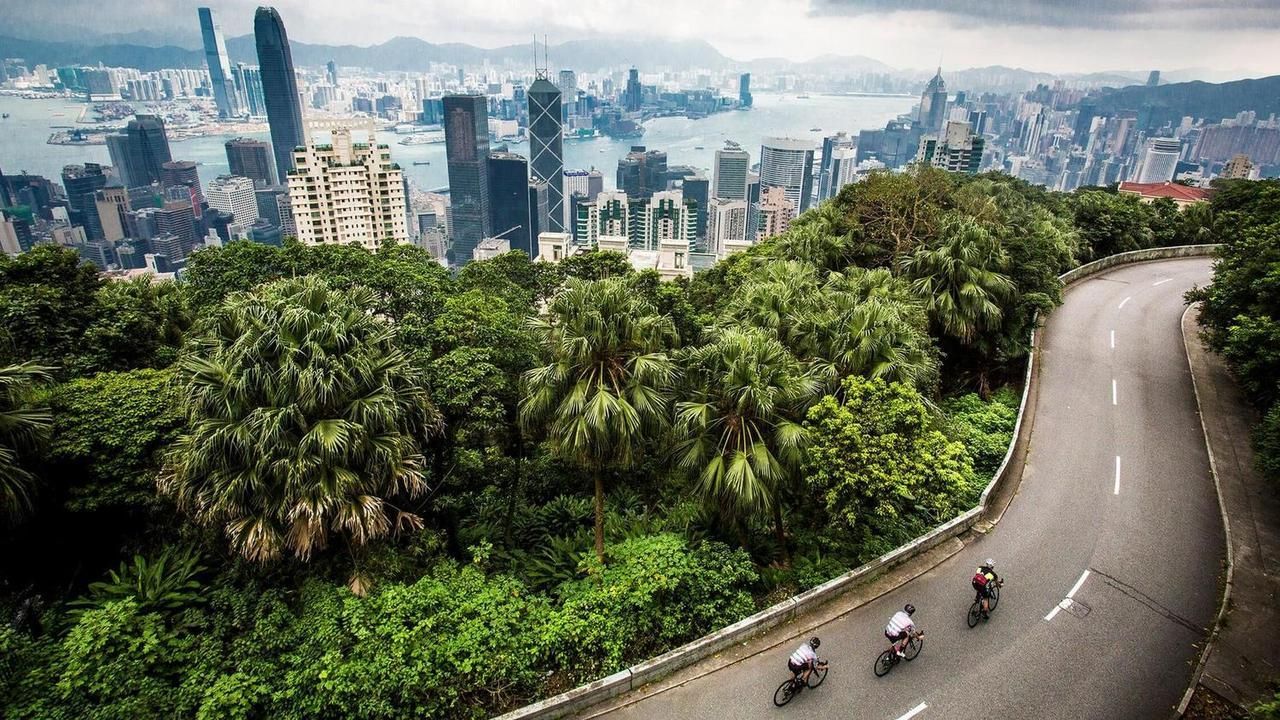Cold Shower

Here’s something you can do at home
- Take a shower. Switch it to cold. Like, 100% cold water.
- Notice your reaction.
- If you are a regular human being, you’ll squirm, curse, jerk and switch it back to hot.
- Still with me? Switch it to cold again, but this time, pretend the water is still warm. Don’t change your expression. Pretend it’s the most normal thing ever.
- Wasn’t so bad, was it? Felt a bit warmer, right?
- Life is a shower. If you you’re lucky, it’s warm most of the time. Sometimes it gets nice and hot. And there’s moments when things get icy. Freezing. We all know what that feels like.
- The difference between life and your morning shower, is your control over the temperature.
- But you can control your reaction.
When things get cold, don’t shriek and shout. Calm down. Chill. See how that feels.
More on cold showers here.
The Case For Trees
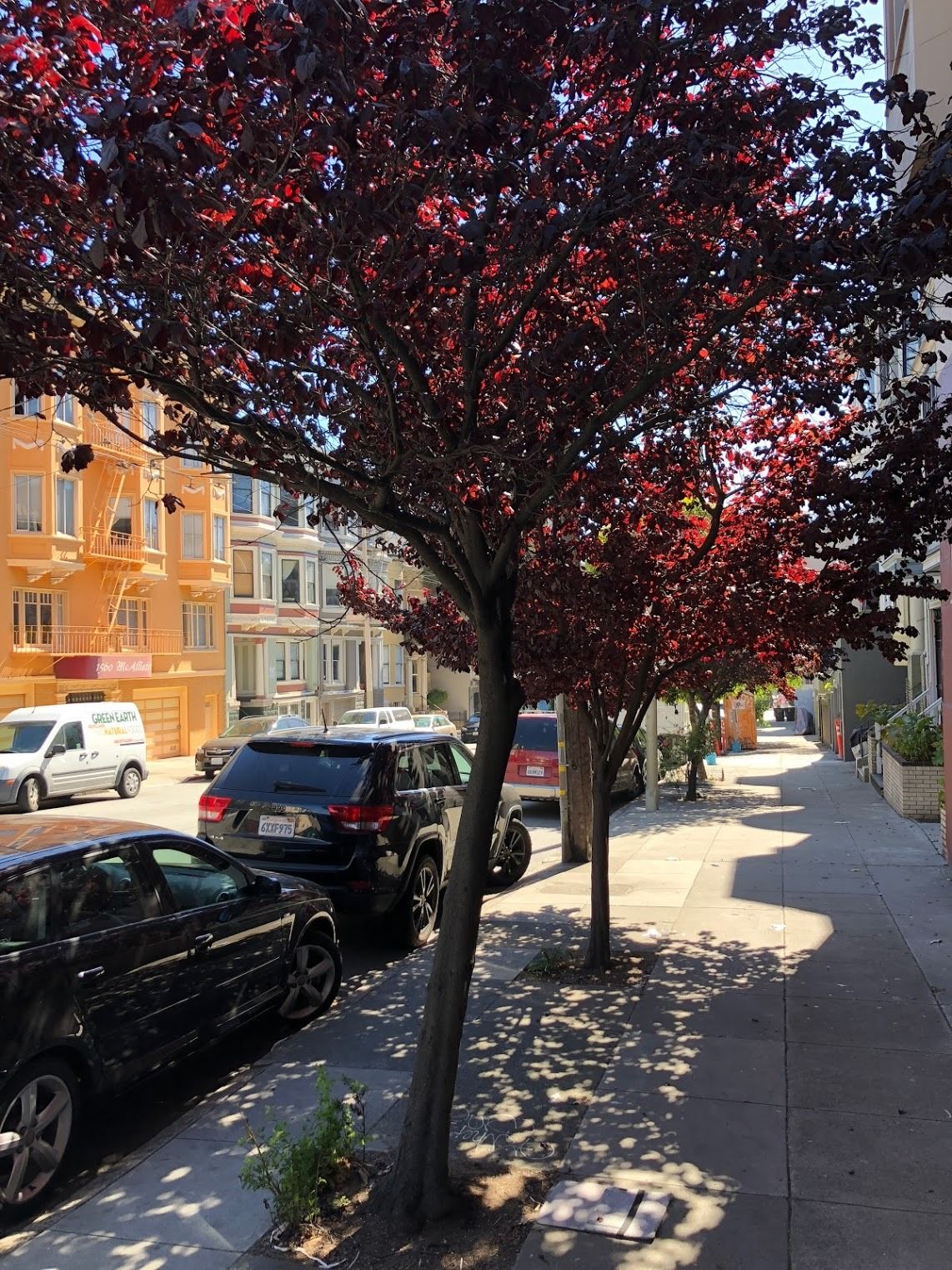
A Purple Leaf Plum Tree on McAllister St, San Francisco between Divisadero and Scott. There’s over 124,795 trees in SF.
“The most spacious and princely establishments without (trees) appear covered with the most prison-like gloom. A bald head is not comely, neither is a street seemly which is not well set with trees. - Andrew Jackson Downing
Why should we plant trees on city streets? Aside from the obvious aesthetic boost, that even a one eyed brute could appreciate? Here’s some more reasons from Jeff Speck’s ‘Walkable City’.
• When roads have broad, treeless ‘recovery zones’, drivers tend to drive faster, and crashes become more frequent and deadly.
• A properly shaded neighborhood is said to require 15 to 35 percent less air conditioning than a treeless one.
• Shade encourages more pedestrians in warmer climates and increases shopping/other economic activity.
• All greenery absorbs CO2 but trees are by far the most effective.
• Trees are great at absorbing water, thus preventing storm water overflow. So they are both a carbon and a literal sink.
• Trees planted within 50ft of houses in one neighborhood caused home prices to increase by 9%. An adjacent tree added 3% to median sale price of a house, an uptick of 8,870. The presence of healthy street trees likely adds 15.3 million to annual property tax revenues. (Study in Portland, Oregon).
How to get involved in SF. Friends of Urban Forestry seems a good place to start.
175176262652
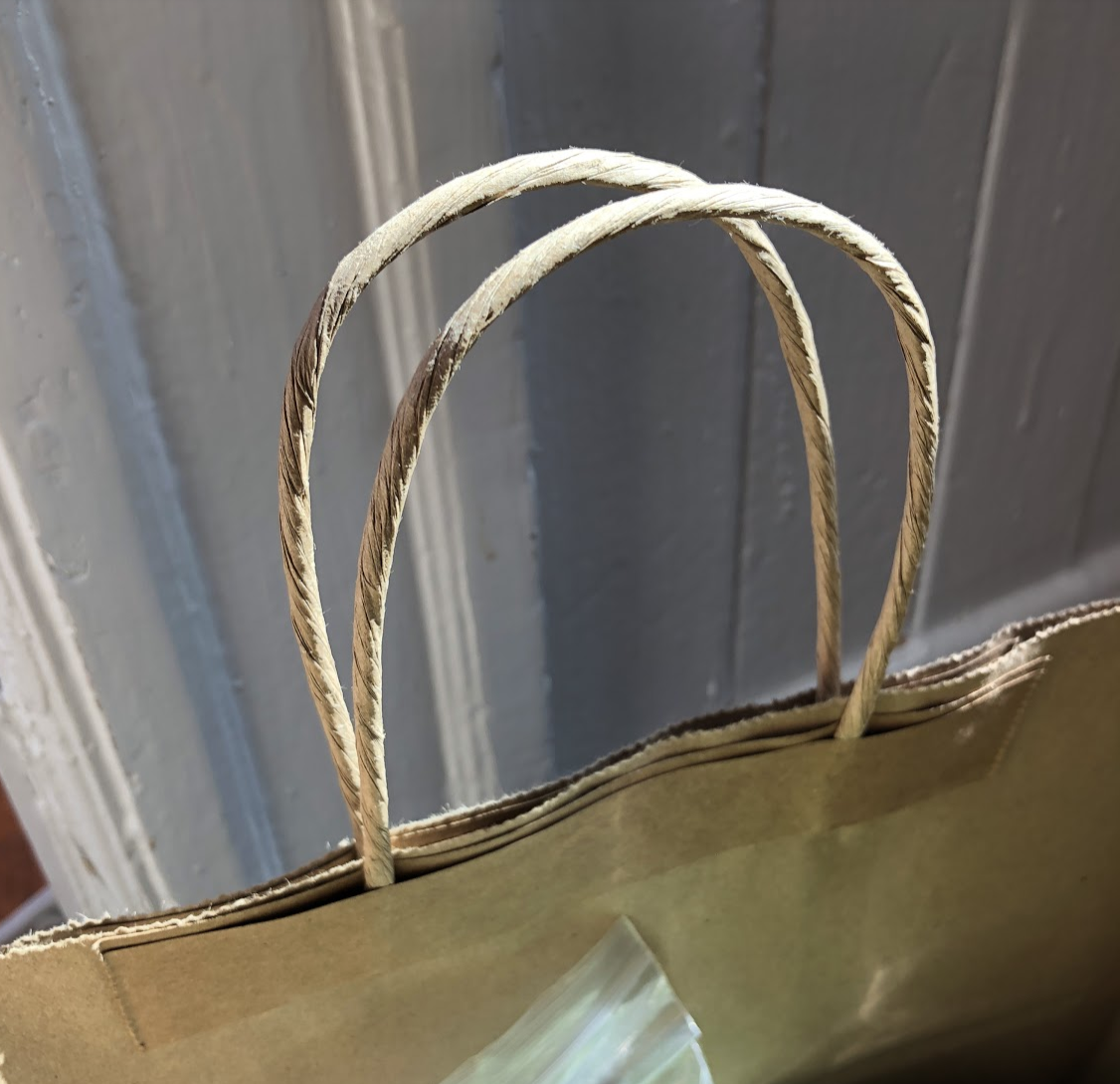
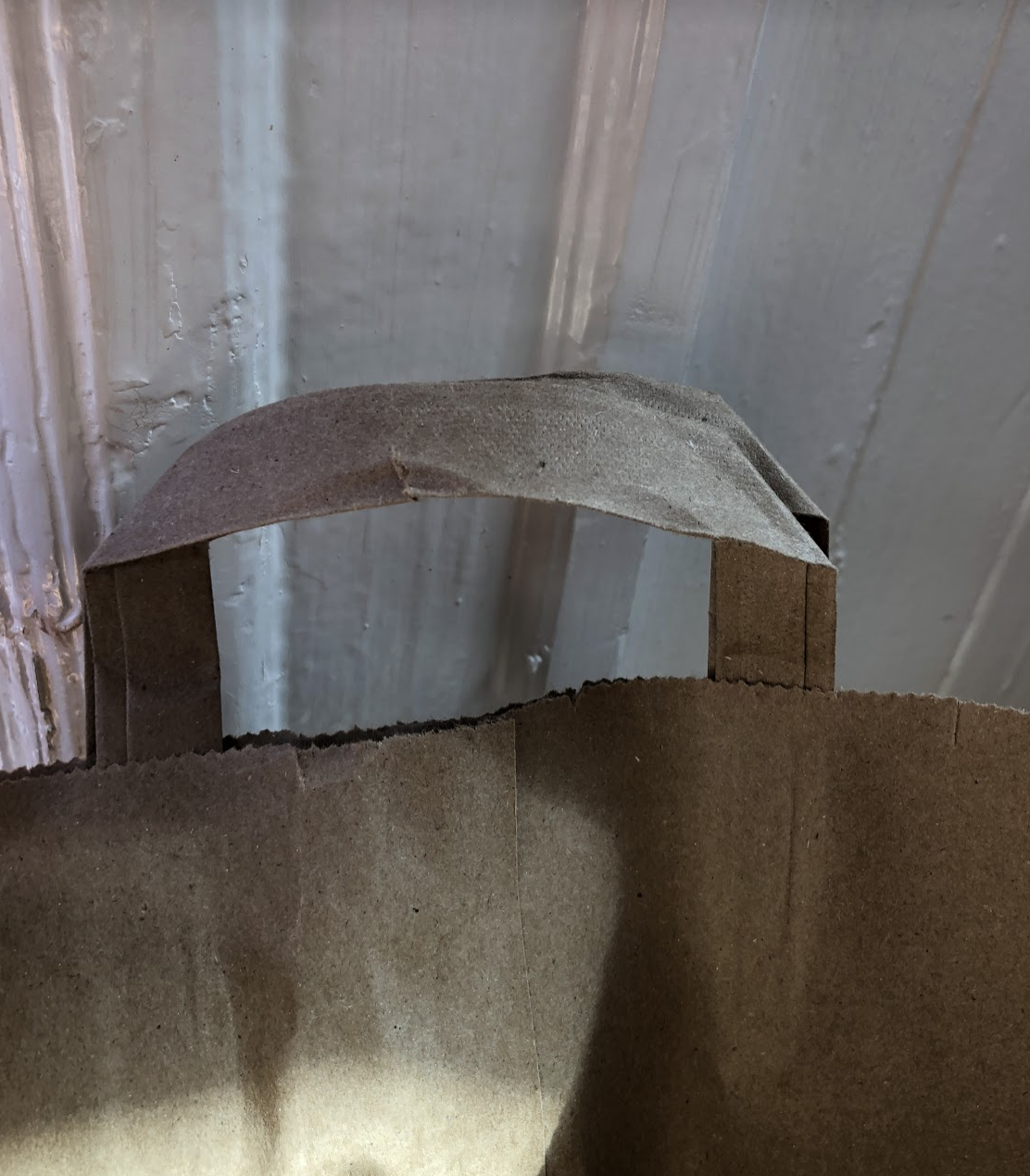
Difference in paper bag handles. Whole Food Market & Bi-Rite Market
173502630347
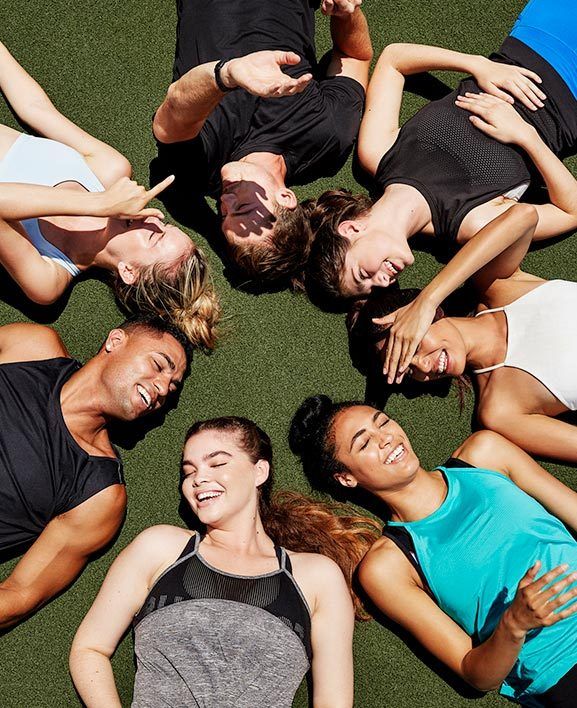
Forced Friends
At my Crossfit class this evening, we were asked to partner up and grab a wall ball from the rack. The lightest wall balls, which were most popular, were stored on the top rack. The rack was hard to reach for most people. I stood back and watched for a second. They either needed to climb up the rack (safe, but a bit precarious), or ask for help. A few climbed, a few offered to help. I thought it was a perfect encapsulation of the group dynamics of a fitness class.
But why were those wall balls so hard to reach? Was it badly designed? Or was it purposeful? I like to think it was made that way to force you to climb or help. I love the idea of designing social interaction. Crossfit is generally very good at this sort of thing. For some classes, the coach will make you pair up for exercises, or even introduce yourself to other people. Question of the day is another social routine.
Other examples might be the design of the waiting area. If it’s dark and has lots of comfortable seating, people will tend to sit apart, look at phones or keep to themselves. If there’s nowhere to hide, or if you are encouraged to stretch/warm up in the open, you’re more likely to start conversation or at least acknowledge each other. Often this design and combination of physical space and programming can make or break an exercise club.
I think there’s a fine line — these sorts of interventions should always have another purpose, so it doesn’t feel forced or awkward.
